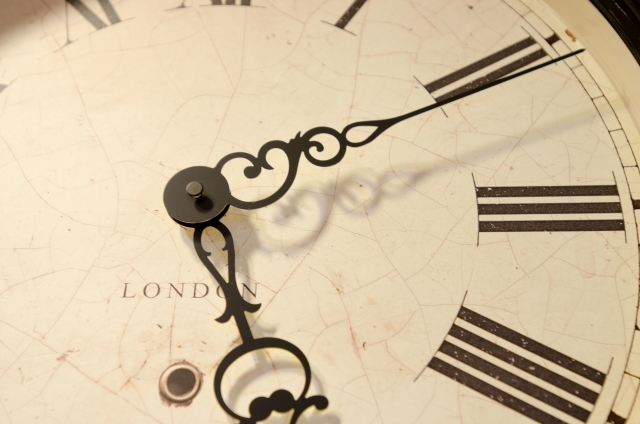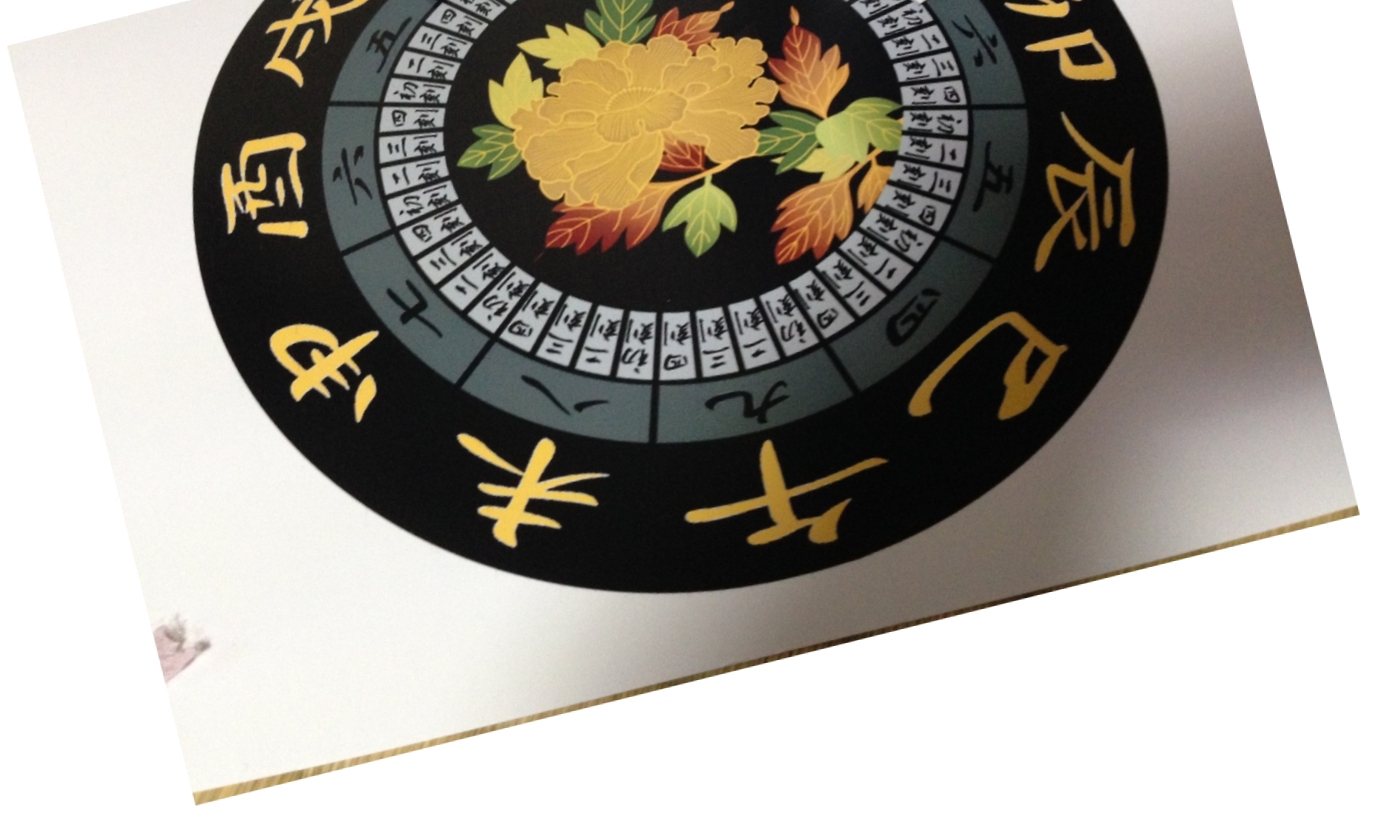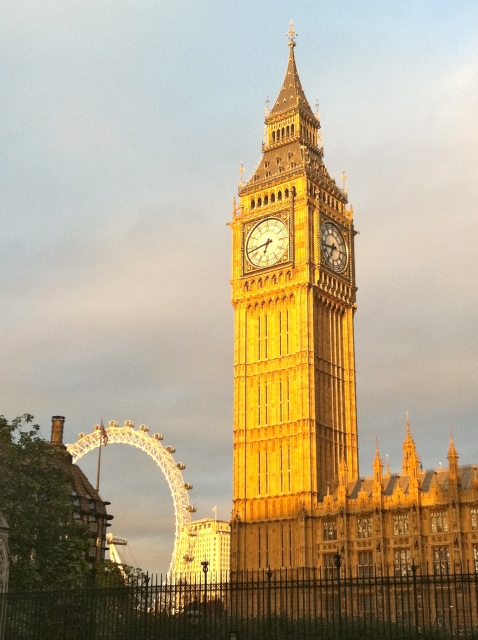A belfry tower is located in between a western style restaurant named “Ueno-Seiyo-Ken” and a Japanese style restaurant ”Insho-Tei” in Ueno Park.
It was constructed by Kaneiji Temple in 1,666. Since then it had tolled 12 times a day to announce the time to the neighborhood until the beginning of the 1870’s in Meiji period.
Even today a person who is entrusted by Kaneiji Temple, is tolling the bell 3 times a day in the morning, at noon and in the evening.
The bell tolls 9 times at 6AM in the morning, 15 at noon and 9 at 6PM in the evening. These numbers includes
3 trials of bell tolling each in accordance with a traditional convention.
For example the bell should first toll 3 times for trial and then 12 times at noon. Namely the bell sounds in total 15 times.
It has been observed at 6 o’clock in the morning that joggers and strollers stopped at the foot of the belfry tower and say good morning to the bell toller and thank him for his daily practice.
The story goes that the third Shogun, Iemitsu Tokugawa moved the original belfry from Edo Castle to Kokuchou Area (current Nihonbashi Kokucho) in Edo city to announce time to Edo citizen in 1,626.
Subsequently another 9 numbers of belfries were constructed at Ueno, Asakusa, Honjyo, Shiba, Ichigaya,
Meguro, Akasaka, Yotsuya and Mejiro to cover whole areas in Edo city.
The belfry in Kokucho tolls first to give the starting signal to the nearest belfry. The signal was relayed one after another among the 9 stations of belfries to tell time throughout Edo city.
These 10 belfries were authorized as the official bell to indicate time by Tokugawa Shogunate.
The sound of each belfry could reach far away places in a radius of 2-3KM to announce time.
Thus the network for announcing time was established in Edo city.
The system was funded by subscription from the listeners. It is said that the fee was 4 Mon (Unit of old currency, almost equal to 150 in JP Yen now) per house monthly.
The bell tolled every 2 hours a day throughout 365 days without a holiday. The bell striker had to climb the bell tower 12 times a day to announce time. Since the job was so hard and painstaking, around 7 to 8 people took turns in tolling bell at each belfry.
The belfry solemnly told time to the public with regard to shackles of convention in Edo period such as starting and finishing of job, dues for payment, execution and etc.


The prime belfry in Kokucho area tolled based on the standard time measured by water clock or incense clock or Japanese style mechanical clock named “Wadokei”.
The incense clock measured time by observing the burned length of incense stick. Japanese clock adjusted western mechanical clock according to local sunrise and sunset throughout 4 seasons in Japan.
In Edo Era, time was measured by means of such primitive clocks in comparison with the current wave clock which does not produce more than one second error over 100,000 years.
It didn’t matter with 30 or 60 minutes’ delay at olden time. People might have spent a laid back life style in Edo city.
The Japanese current time-measuring practice divides a day into 24 in constant time interval method.
In the meanwhile the traditional practice divided a daytime into 6 and also nighttime into 6 in temporary hour method which was adopted in Edo period: 6 daytime units from local sunrise to sunset, and 6 nighttime units from local sunset to sunrise. One time unit was nearly equal to 2 hours measured in the current time measuring scale.
The length of one time unit was adjusted every 15 days since it varied with seasons.
In addition Japanese time counting system was very unique.
It had six numbered hours from 9 to 4 which counted backwards every 2 hours (In current time scale) from noon to midnight and also counted in same way from midnight to next noon.
It was counted like 9-8-7-6-5-4 and repeated the same. The number of bell-tolling was determined in accordance with this counting system.
The bell was tolled 9 times(Time 6 + 3 trials) at sunrise, 12 times(Time 9 + 3 trials) at noon and 9 times at sunset.
I have been guiding foreign visitors to historical spots in Ueno Park. I make it rule to bring them to the belfry at noon and then let them observe the tolling bell and listen to the sound at the end of the guide tour.
Most of them listen to the sound with great interest. It appears that they are impressed by the unique sound which is different from their bell sound.
The western bell successively generates a short and high-pitched sound with a cheerful melody while Japanese bell sounds long and low-pitched with a sublime tone.
Japanese bell is tolled after previous sound is completely faded away. Some time I think, foreigners may get tired of continuous and monotonous sounds.
However, listening to the sound more intensely one may realize a beaten sound, its reverberation and lingering in one tolling sound. It is a musical compound sound. This mainly comes from the difference in the shape of bell and the proportion of tin contained in bronze bell. It is said that a western bell usually contains 20% of tin while a Japanese bell 10%.
According to a certain researcher of acoustics, the difference of sound is explained to be related with that of culture and religion.
Another researcher is indicating that Japanese bell sound is serving an effect of relaxation. It contains a wave of healing sound which is recently remarked as “1/ f Yuragi” in Japanese.
The breeze carries smoothly the sound of bell to my residence.
It is the traditional sound that the citizen in Edo city were hearing around 350 years ago.
A distant sound of bell makes me feel a peacefulness in spring, a coolness of evening in summer, loneliness in fall and tranquility in winter.

